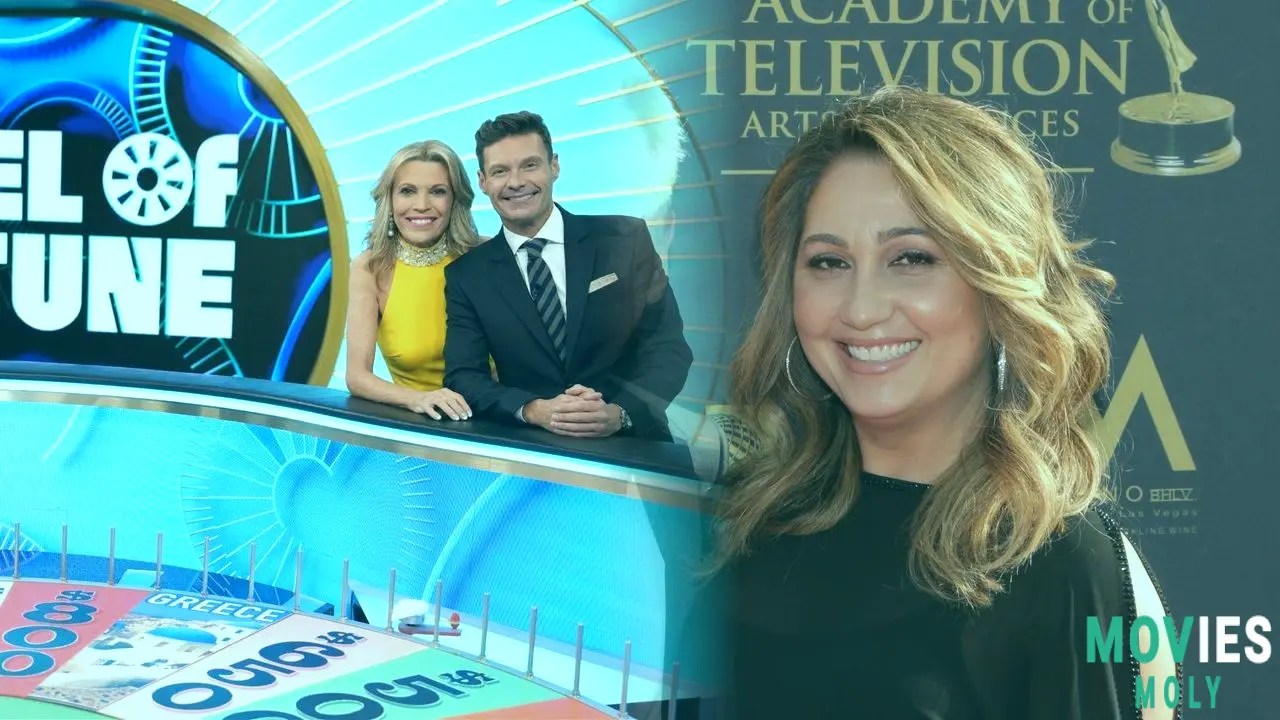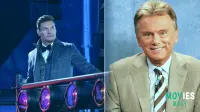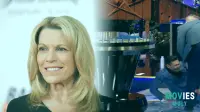After nearly four decades of consonants, vowels, and iconic spins, Wheel Of Fortune remains one of television’s most enduring game shows. Now, with Ryan Seacrest stepping into the legendary shoes of Pat Sajak, the series is experiencing a subtle renaissance — complete with set upgrades, new energy, and a host whose broadcasting resume reads like a Marvel Cinematic Universe of live events. But despite these modern touches, the most dedicated audience members (and let’s be real, they’re as passionate as comic book collectors at a San Diego Con) have one simple, yet powerful request: keep the puzzle board visible on screen longer.
Why Keeping The Puzzle Visible Could Be The Show’s Next-Level EvolutionIt sounds like a small tweak, but for fans who’ve been playing along from their couches for decades, it could make a monumental difference. As Reddit threads and fan forums light up with the same plea, the ask is clear — let viewers see the puzzle the entire time. Not just when Vanna White is heroically revealing letters, but throughout the wheel spins, contestant banter, and guesswork. The current camera choreography often cuts away from the board, leaving home audiences scrambling to keep up with the puzzle — a dynamic that’s ironically at odds with the show’s very ethos of inclusive fun.
“Would it kill them to put the puzzle on the screen the whole time in a mini box in the corner while they’re yapping and spinning the wheel?” one fan wrote, echoing a sentiment that’s been bubbling under the surface for years. It’s the kind of viewer experience optimization that feels straight out of a director’s commentary on a Jurassic Park Blu-ray — obvious in hindsight, but immensely impactful once implemented.
This Small Change Could Make At-Home Playership Stronger Than Ever
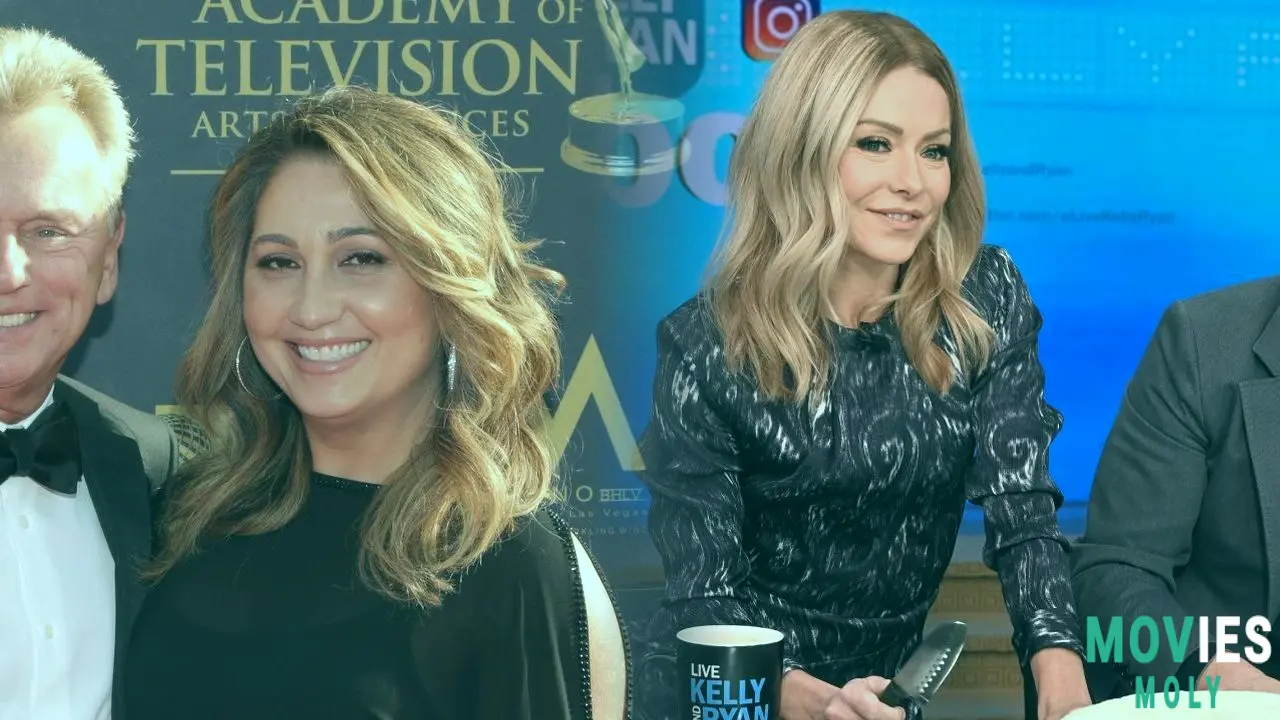
There’s a reason this request isn’t just nitpicking. Shows like Jeopardy! and even streaming interactive games have taught us that modern audiences want to engage, not just watch. By keeping the puzzle visible, Wheel of Fortune would be inviting viewers to solve alongside the contestants, turning passive watching into active participation. It’s a powerful form of engagement, one that could even slow channel-flipping by making the game more accessible and enjoyable in real-time.
One especially insightful commenter even suggested adding a letter bank — a running list of letters already called but not on the board. “I can’t keep it straight and idk how any of the contestants do either,” they admitted. It’s a small UI upgrade that could mirror the on-screen HUDs we love in superhero games and movies, giving fans the tools to play smarter, not harder.
The Legacy Of Pat Sajak, Lesly Brown, And The Transition To Seacrest’s Era
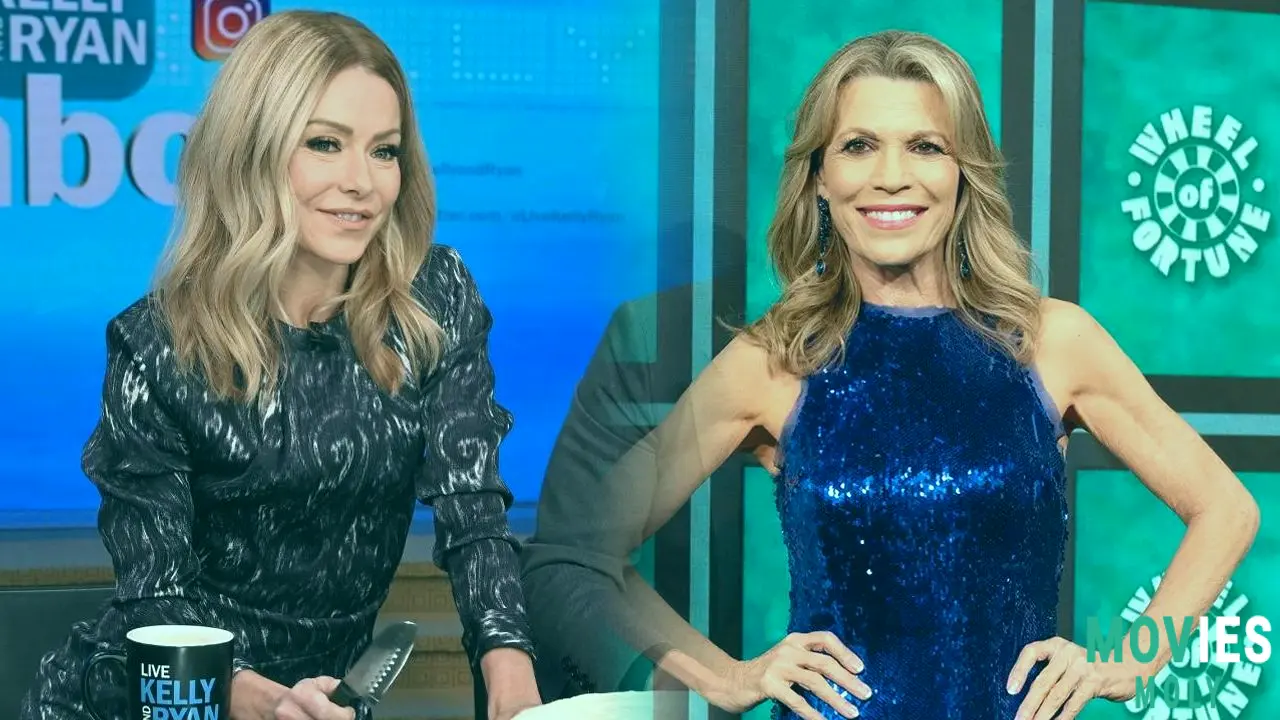
As we talk about evolution, it’s impossible not to reflect on the steady hand that Pat Sajak provided for almost 40 years. Now enjoying a quiet retirement with his wife Lesly Brown — whose own story from model to TV producer adds a layer of behind-the-scenes allure — Pat’s departure marks the end of an era. Lesly, who’s been a constant in Pat’s life since 1989, surely represents the kind of stability that Wheel of Fortune embodied for generations.
And yet, with stability comes the need for reinvention. Ryan Seacrest, a man who’s juggled American Idol, Live! with Kelly and Ryan, and now Wheel of Fortune (not to mention his upcoming reunion with Kelly Ripa), brings a different energy to the wheel. His rapport with Vanna White, combined with his seasoned experience in live and unscripted formats, positions him perfectly to shepherd the show into its next chapter.
Seacrest’s Multifaceted Career Mirrors The Genre-Blending Nature Of Modern TV
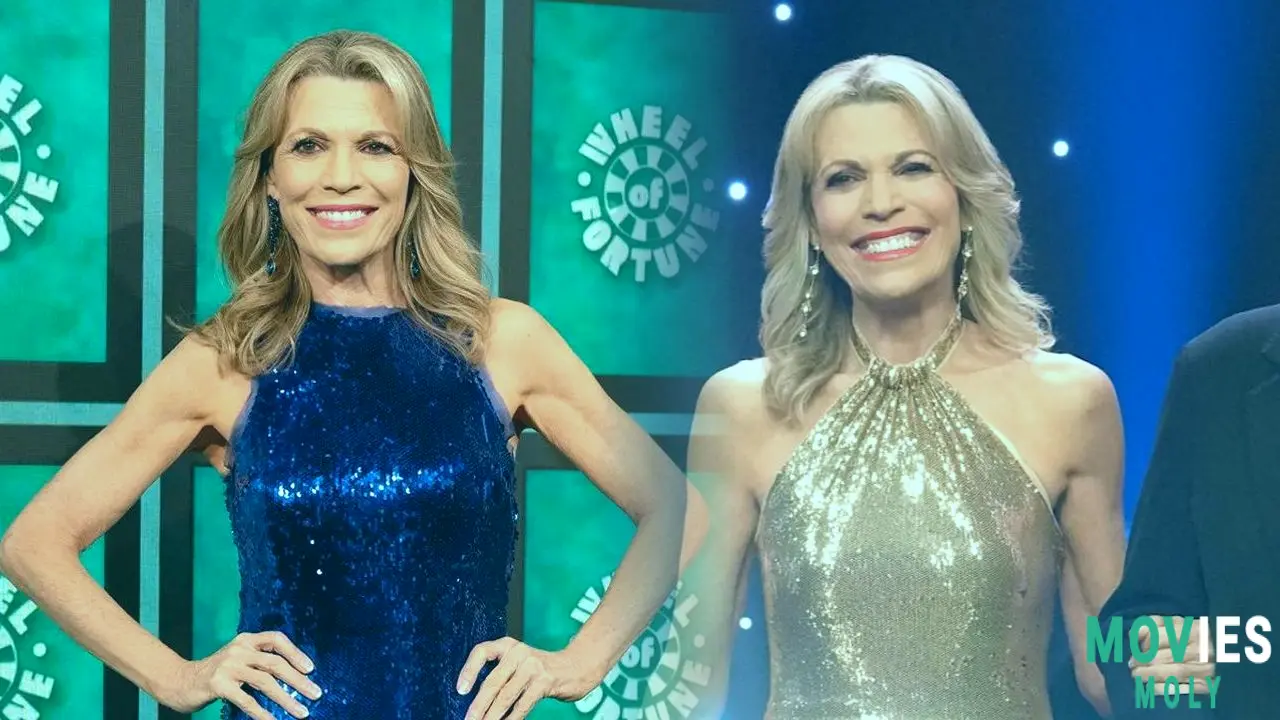
If Ryan’s career were a comic book, he’d be Deadpool — seamlessly switching between tones, formats, and audiences while never breaking a sweat. His recent work on American Idol (despite a rare on-air slip involving Carrie Underwood) and his about-to-come appearances on Live! with Kelly and Mark show a host who’s as comfortable selling toothpaste as he is hyping a high-stakes vocal showdown. Now, with Wheel of Fortune, he’s stepping into a role that’s less about spectacle and more about rhythm, timing, and connection — qualities he definitely honed during his years with Sajak.
Wheel of Fortune Is More Than A Game Show — It’s A Cultural Touchstone
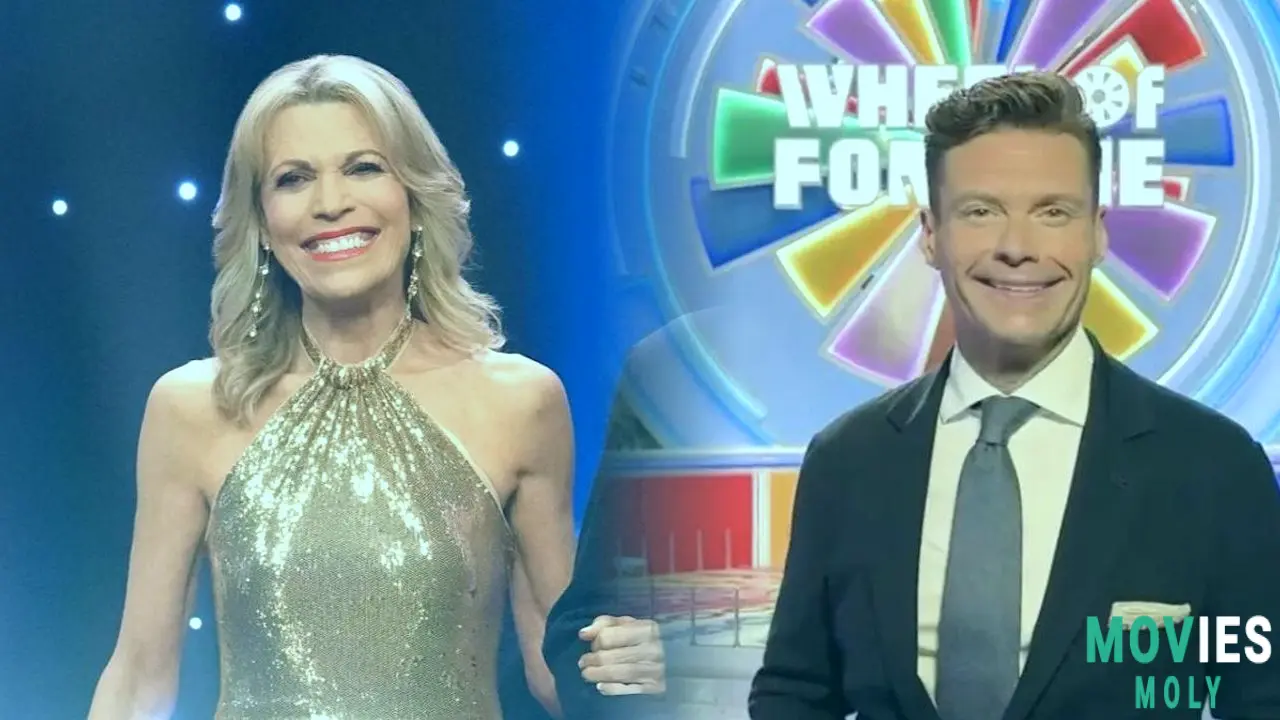
At its core, Wheel of Fortune isn’t about the money, the prizes, or even the puzzles. It’s about hope, ingenuity, and the simple joy of solving something that seems just out of reach. It’s about Vanna White’s graceful letter reveals and Pat’s (now Ryan’s) steady presence in the storm of spinning wheels and contestant excitement. It’s a show that has quietly united generations, from parents who watched it in the ’80s to kids who now stream it on demand.
And now, as fans watch Seacrest keep the legacy alive, they’re not just asking for a longer look at the puzzle board. They’re asking for a deeper connection — one that lets them play, think, and solve along with the heroes of the day. In a world obsessed with interactivity and immersion, that kind of engagement is pure gold. Or should I say, *prize wedge*?

